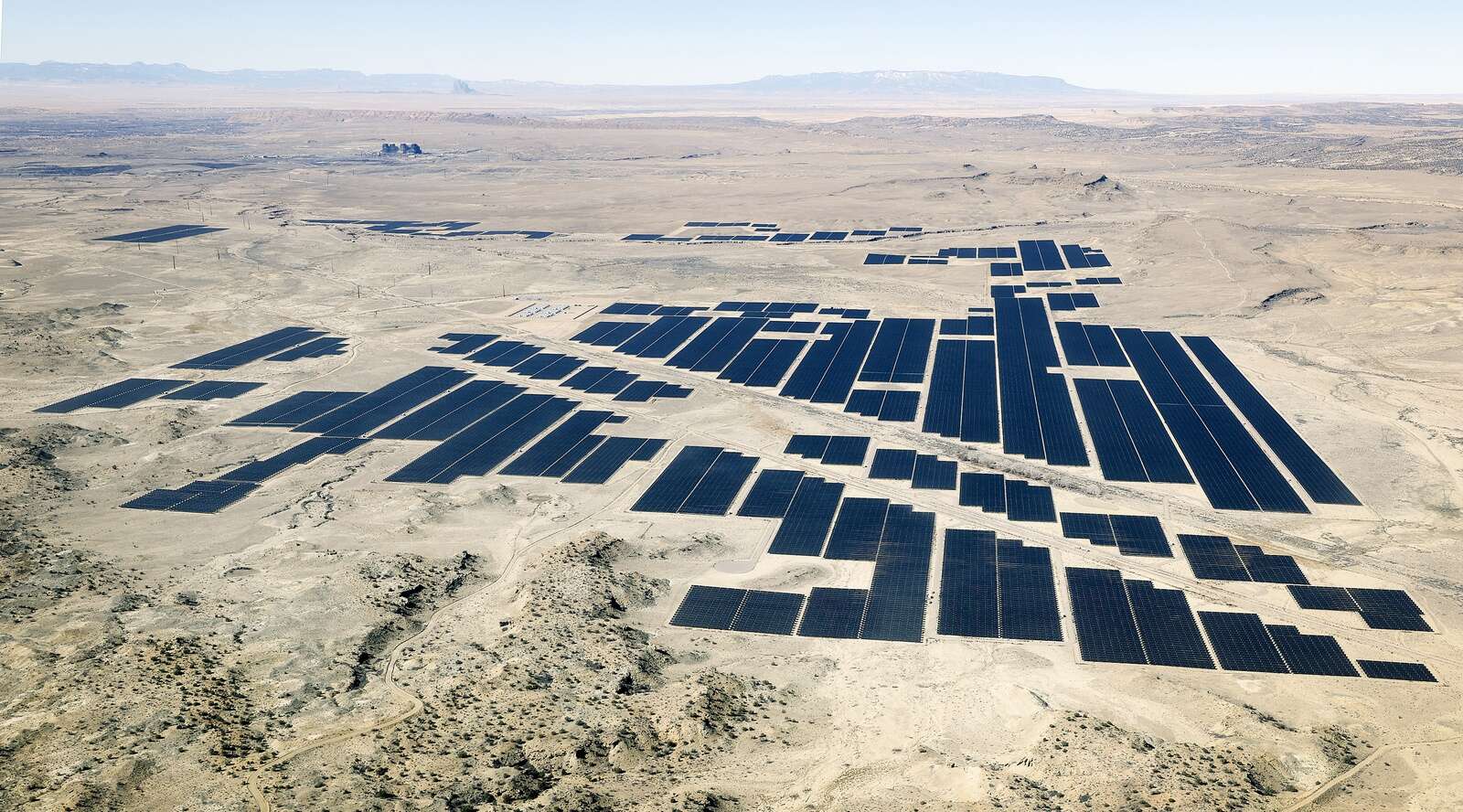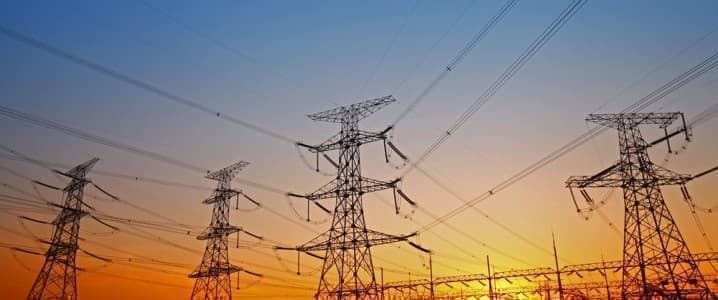Colorado is encountering significant challenges in meeting its clean energy goals due to local opposition against solar projects. To achieve its targets for 2040, the state needs to increase its wind generation threefold and solar capacity fivefold, necessitating considerable land for these developments. Yet, according to a survey by the Colorado Energy Office, many counties impose land use rules that hinder progress.
Local authorities create the regulations governing land use, and in some areas, “procedural hurdles, community opposition, land use concerns, and regulatory gaps” can significantly impact renewable energy projects. Will Toor, executive director of the Colorado Energy Office, stated, “There are places where there are local policies that stall or prevent clean energy projects, which we think hurts economic development and rate payers as well as have an impact on overall state energy planning goals.” This situation arises amidst a growing demand for electricity and mandates to reduce greenhouse gas emissions across the state.
The report highlights that Colorado will need an estimated 11,000 megawatts of wind generation, 12,000 megawatts of solar energy, 6,000 megawatts of four-hour battery storage, and 3,100 megawatts of twelve-hour battery capacity by 2040 to meet its clean energy targets. Additionally, 8,000 megawatts of gas-fired capacity will be required. To put this in perspective, the expansion equates to tripling the current wind capacity and quintupling solar capacity by 2040.
According to the analysis, achieving these goals could reduce Colorado’s greenhouse gas emissions by 94% compared to 2005 levels, at an estimated cost of $56.1 billion. Further investment of $7.5 billion would be required to reach a full 100% reduction. The report indicates that photovoltaic solar installations alone will require 82,500 acres of land, while wind projects will occupy a direct physical footprint of 17,000 acres, though total leased land could reach 1.7 million acres.
Despite the need for expansion, the development landscape varies across Colorado. Existing wind farms are concentrated in nine counties, while solar projects have been proposed in about fourteen counties. In recent years, some of the largest solar installations have been suggested on the Western Slope, leading to a moratorium on solar projects in a dozen counties as they revise land use regulations. Currently, 38 counties have solar land use regulations, some of which are perceived as overly restrictive.
The energy office report lists nine solar projects that have stalled due to public opposition, wildlife concerns, and compliance issues with local regulations. However, it is important to note that many solar projects have also been approved across the state. Approximately 140 solar facilities in Colorado currently occupy about 21,000 acres.
Resistance is not limited to solar projects. For instance, Xcel Energy faced rejection from Elbert and El Paso counties regarding its $1.7 billion Power Pathway high-voltage transmission line. This proposed line, spanning 580 miles through twelve counties, aims to transport wind and solar energy from the Eastern Plains to the Front Range. Xcel Energy has requested the Colorado Public Utilities Commission to use its backstop authority to override the counties’ decisions.
The energy office report was mandated by Senate Bill 212, a law enacted in 2024 aimed at facilitating new energy projects. An initial draft included state siting authority, but this was revised following pushback from local governments. Kelly Flenniken, executive director of Colorado Counties Inc., expressed concerns that the report seemed antagonistic toward counties without clear justification.
Toor clarified that the report does not propose any policies but rather serves as a foundation for discussions among stakeholders and local governments. The challenges of increasing electricity demand while phasing out coal-fired generation highlight the urgent need for more clean energy initiatives.
While municipal and county officials remain open to development, they express skepticism about the intent behind the report. “I’ve seen this movie before,” said Kevin Bommer, executive director of the Colorado Municipal League, emphasizing the need for clarity in the local regulatory environment.
The case of OneEnergy Renewables exemplifies the conflicts surrounding solar development. The company attempted to secure a lease for a 100-megawatt solar array on 640 acres of land on Wright’s Mesa, near Norwood. However, community opposition surfaced during a public meeting, leading to a moratorium on solar projects in the area while new regulations were formulated. Norwood Mayor Candy Meehan stated, “Our community’s response to the OneEnergy proposal was never about opposing solar or clean energy – it was about doing it right.”
In contrast, the Garnet Mesa solar project in Delta County illustrates a positive outcome through community engagement. Guzman Energy sought to develop an 80-megawatt solar installation on private land but faced initial opposition from neighbors. By incorporating irrigation to support agriculture, the project was successfully transformed into the largest agrivoltaics initiative in the state.
The report highlights the need for a balanced approach to renewable energy development, recognizing the complexities and local values involved. As Colorado strives to meet its ambitious greenhouse gas emissions targets, local governments must navigate the challenges of balancing state objectives with community interests.
With the energy landscape continually evolving, the path forward will require collaboration and open dialogue among stakeholders to ensure that clean energy projects are implemented responsibly and effectively.







